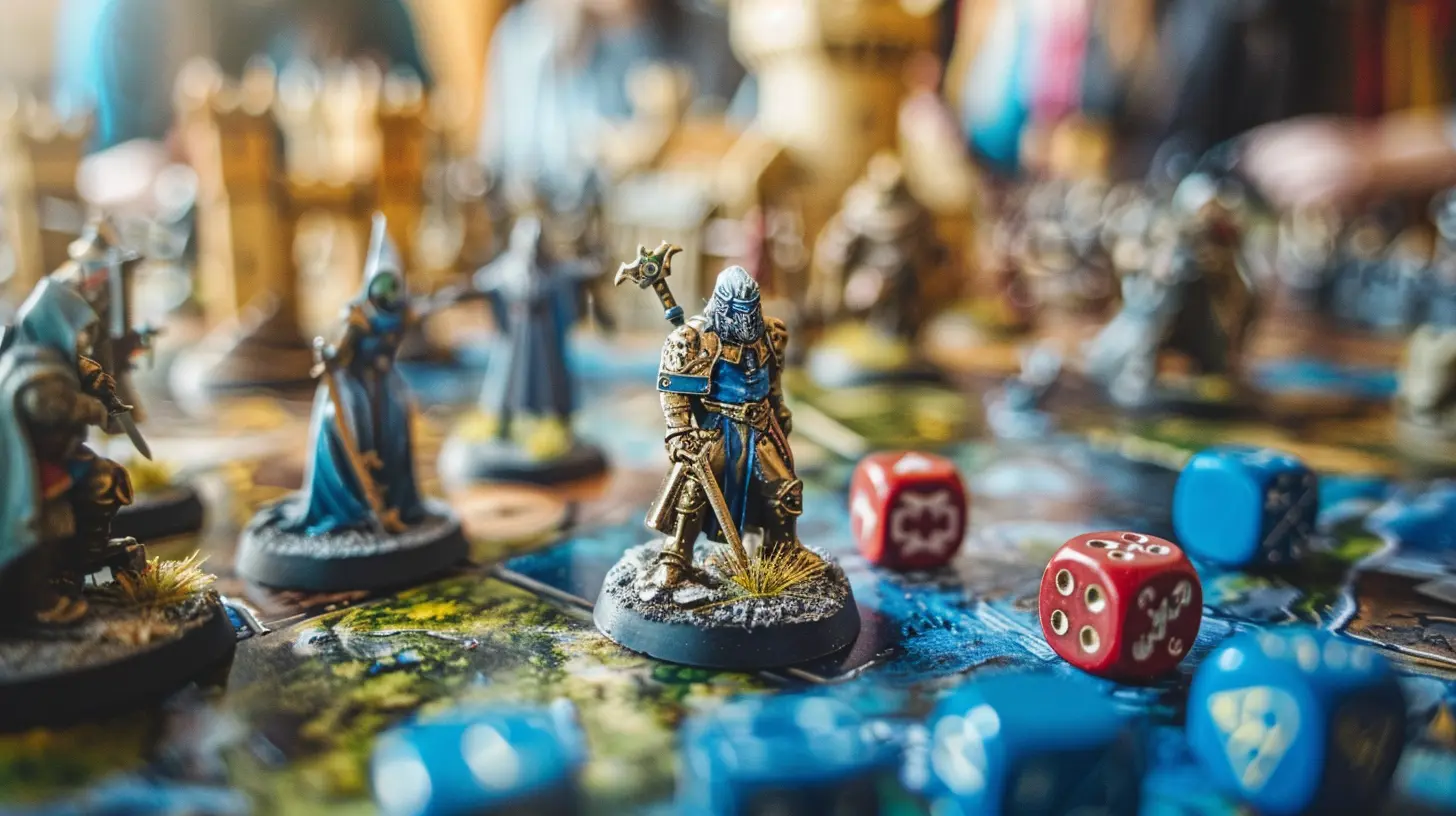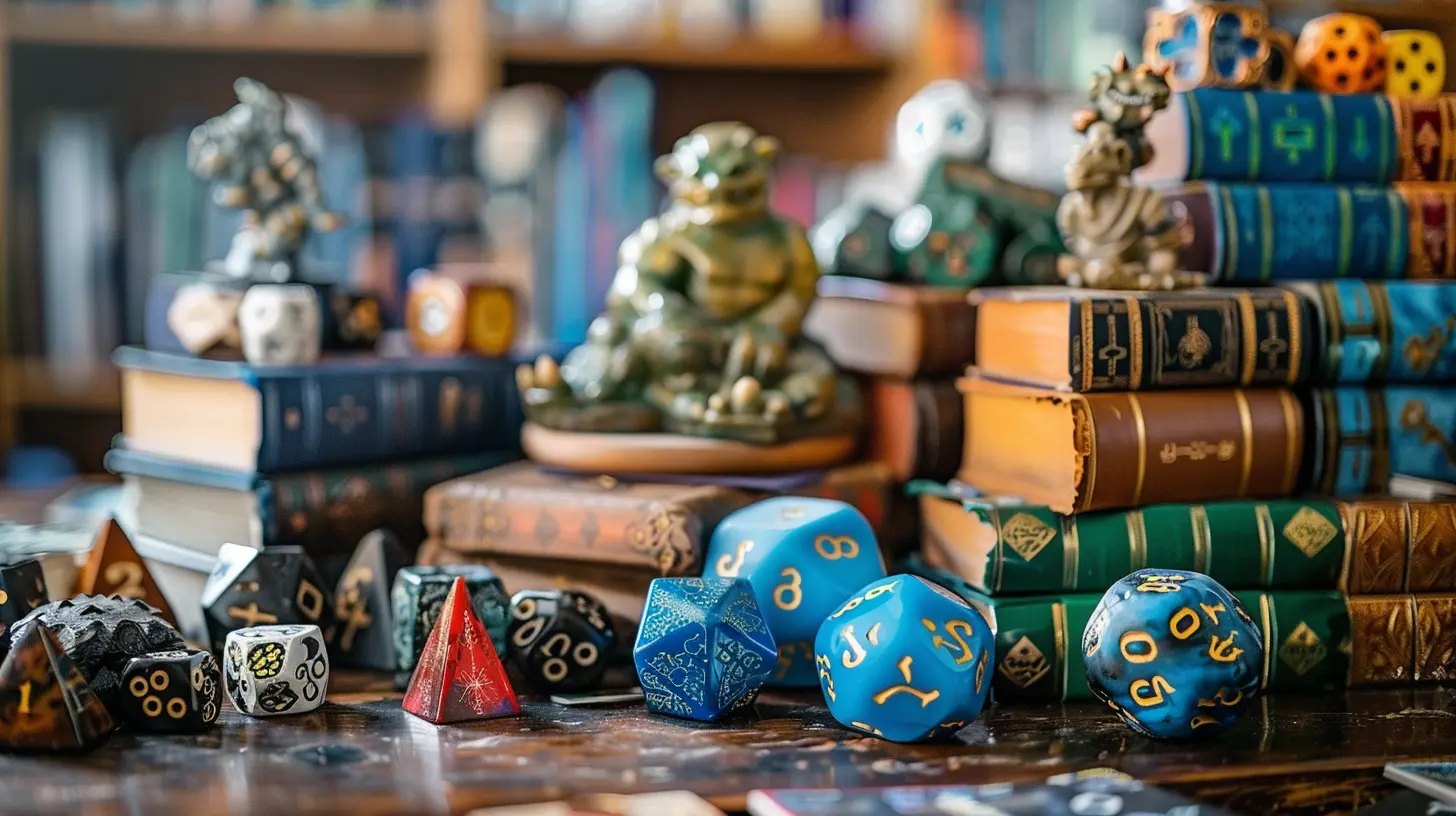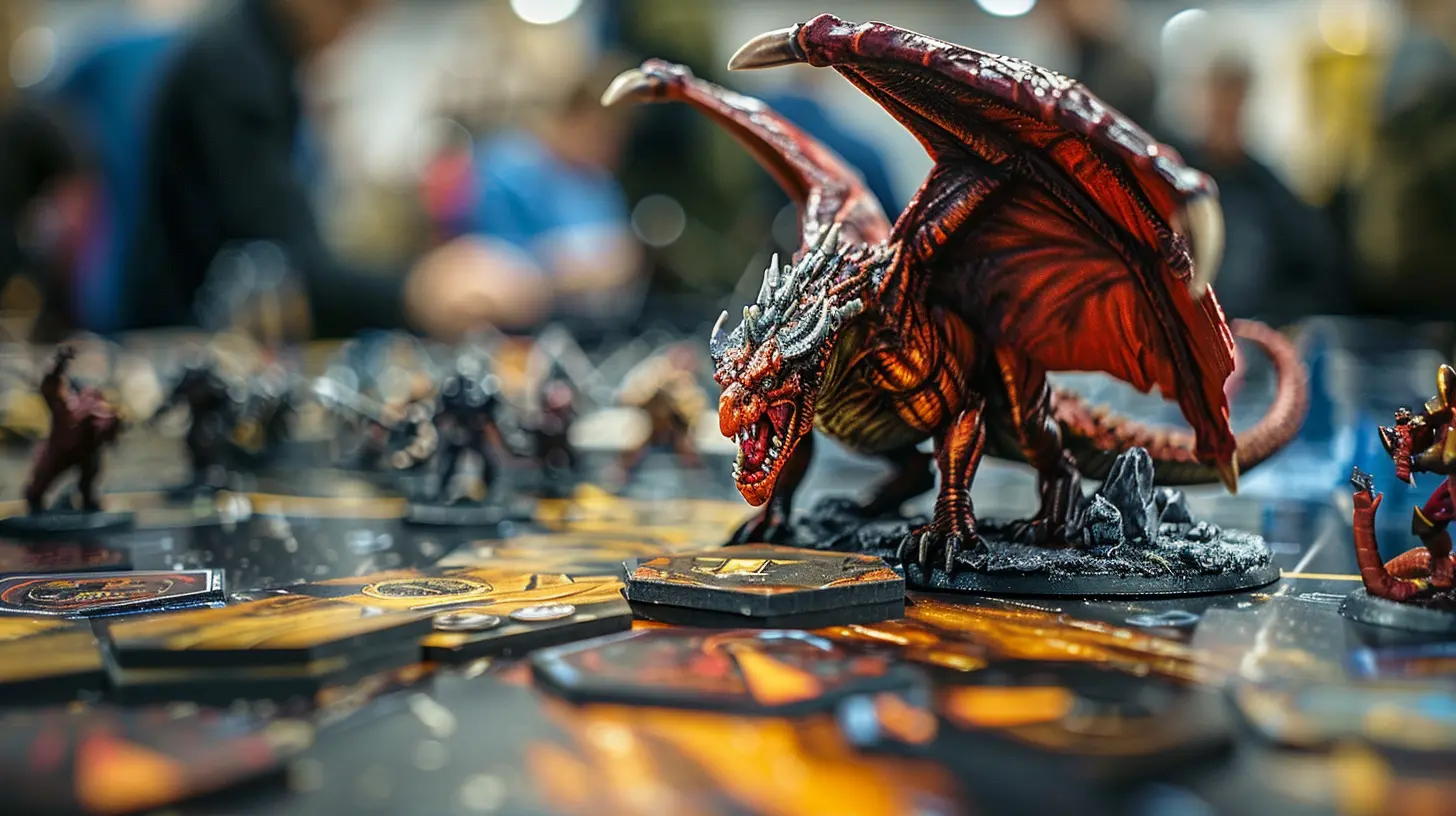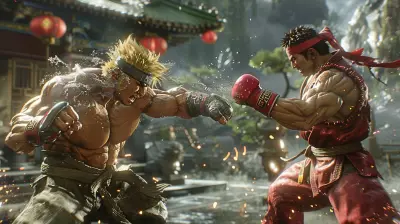The Evolution of Tabletop Games: From Classics to Modern Hits
19 August 2025
When you think of tabletop games, what comes to mind? Maybe it’s a classic like Monopoly gathering dust in a closet. Or perhaps it’s a more recent hit like Catan that dominates game nights at your friend’s house. Tabletop games have come a long way from their humble beginnings—transforming from simple pieces of cardboard and dice into richly immersive experiences that bring people together. So, how did we get here? Let’s dive into the fascinating evolution of tabletop games, exploring how they started and the incredible journey they’ve taken to become what they are today.
The Humble Beginnings of Tabletop Games
Before board games became the thrilling extravaganzas we know, they had much simpler roots. The earliest forms of tabletop games date back thousands of years. Can you imagine ancient civilizations, like the Egyptians or Mesopotamians, huddled over a rudimentary game board? Well, they were!Ancient Games That Started It All
Some of the oldest known games include Senet, dating back to around 3100 BCE in ancient Egypt, and Go, a strategy game from China that’s been played for over 3,000 years. These games weren’t just for fun—they had cultural and even spiritual significance. For instance, Senet was believed to represent the journey to the afterlife. Pretty deep for a board game, huh?Then came Chess, which appeared during the 6th century in India. It was called Chaturanga back then and served as the blueprint for the chess we play today. These early games laid the groundwork for strategy, skill, and critical thinking, which would become staples of future tabletop experiences.
The Rise of Classic Tabletop Games
Fast forward to the 19th and early 20th centuries, and tabletop games took their first big leap into the mainstream. This era gave birth to some of the most iconic games we still love (or tolerate) today.Monopoly and the Birth of Mass-Market Games
Let’s talk about Monopoly for a second. Love it or hate it, this game is a titan in the world of tabletop gaming. It was patented in 1935 by Charles Darrow, though its origins trace back to an earlier game called "The Landlord’s Game," designed by Elizabeth Magie to critique capitalism. (The irony, right?) Monopoly became a household staple, and its massive success helped cement board games as a form of family entertainment.Around the same era, other games we’d call "classics" emerged, like Scrabble (1938) and Clue (1949). These games were simple, easy to learn, and perfect for family gatherings—a formula that worked wonders.
The Tabletop Renaissance: Enter the Game-Changers
While classic games held their ground for decades, the late 20th century marked a turning point for tabletop gaming. A new wave of innovative designs brought a fresh perspective to the genre, making them more diverse, strategic, and immersive.The German Invasion: Eurogames Take the Spotlight
The 1990s saw the rise of Eurogames, games that emphasized strategy, resource management, and player choices over luck. One of the pioneers of this movement was Settlers of Catan (or just Catan, as it’s more commonly known today). Released in 1995, Catan quickly became a global phenomenon, introducing mechanics like trading and resource management that felt entirely different from the roll-and-move mechanics of traditional games.Eurogames ditched player elimination and embraced themes that appealed to grown-ups. They were about building civilizations, managing resources, or navigating complex political landscapes—basically, the perfect recipe for gamers who wanted something deeper than just rolling dice.
The Role-Playing Explosion: Dungeons, Dragons, and Beyond
Can we even talk about tabletop games without mentioning Dungeons & Dragons? First published in 1974, D&D transformed tabletop gaming into something completely new—an imaginative, cooperative storytelling experience. Players weren’t just moving tokens on a board; they were creating characters, exploring worlds, and rolling dice to determine their fates.By the 1980s, D&D found itself at the center of pop culture, despite some controversies (hello, Satanic Panic). Fast forward to today, and thanks to streaming platforms like Twitch and actual-play podcasts like Critical Role, D&D has never been more popular. It’s no longer just a "nerdy" hobby; it’s a cultural phenomenon.
Modern Hits and the Golden Age of Tabletop Games
If the 90s and early 2000s laid the groundwork, the 2010s and beyond have seen tabletop gaming explode into a full-blown renaissance. We’re living in what many call the Golden Age of Board Games, and trust me, it’s well-earned.Kickstarter and Indie Game Development
One of the biggest reasons for this boom is crowdfunding platforms like Kickstarter. Instead of relying on big publishers, indie designers could pitch their ideas directly to players. Games like Exploding Kittens and Gloomhaven wouldn’t exist without the support of backers who believed in their creators’ visions.Kickstarter didn’t just give us more games—it gave us better games. Designers could take risks, experiment with mechanics, and develop unique themes. The result? A flood of innovative, high-quality games with something for everyone.
Co-op Games and Narrative Adventures
Another huge shift in modern tabletop gaming has been the rise of cooperative games. Instead of pitting players against each other, games like Pandemic, Gloomhaven, and Arkham Horror encourage teamwork to achieve a common goal. Cooperative games are perfect for fostering camaraderie—especially when everyone’s yelling as the clock ticks down during the final turn!On top of that, narrative-driven games have taken off. These are games where the story is just as important as the gameplay, like Betrayal at Baldur’s Gate or Forgotten Waters. They’re part game, part choose-your-own-adventure, and all fun.
The Social Connection of Tabletop Games
So, why are we all so hooked on tabletop games? It’s simple—they bring people together. In an age where we’re glued to screens, sitting around a table with friends or family feels refreshingly human. You laugh, strategize, and sometimes even argue (seriously, keep it civil during Monopoly). These games remind us how much fun it is to interact face-to-face.The Future of Tabletop Gaming
What’s next for tabletop games? If the past is any indication, we’re in for even more exciting times. Technology will likely play a bigger role, with augmented reality and app integration already making their way into games like Mansions of Madness. But at the core, the heart of tabletop gaming will remain the same: connecting people through creativity, strategy, and a love of play.Conclusion
From ancient civilizations to today’s buzzing board game cafes, the evolution of tabletop games has been nothing short of extraordinary. They’ve gone from simple pastimes to richly layered experiences that spark our imagination and challenge our minds. Whether you’re a fan of the tried-and-true classics or the cutting-edge modern hits, there’s never been a better time to pull up a chair, grab some friends, and roll the dice. So, what game are we playing next?all images in this post were generated using AI tools
Category:
Tabletop GamesAuthor:

Stephanie Abbott
Discussion
rate this article
1 comments
Vex Morales
This article offers a fascinating overview of tabletop gaming's journey. It highlights how innovative mechanics and themes have transformed classics into modern hits, showcasing the diversity and creativity in today’s gaming landscape.
September 7, 2025 at 4:17 AM

Stephanie Abbott
Thank you! I'm glad you found the overview engaging and appreciated the evolution of tabletop gaming.


